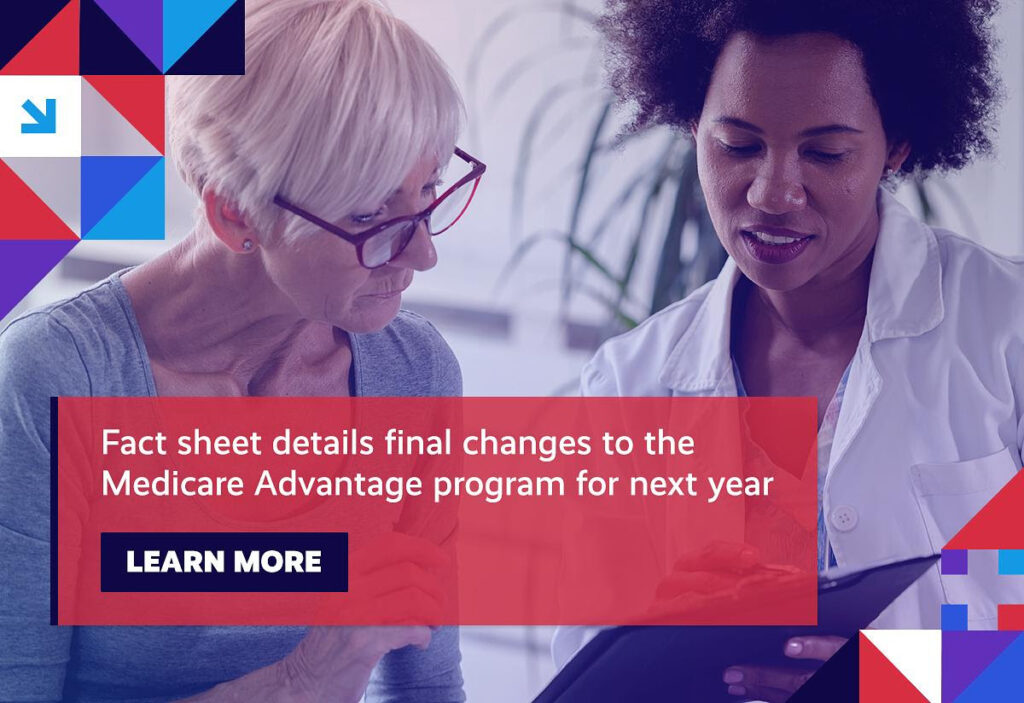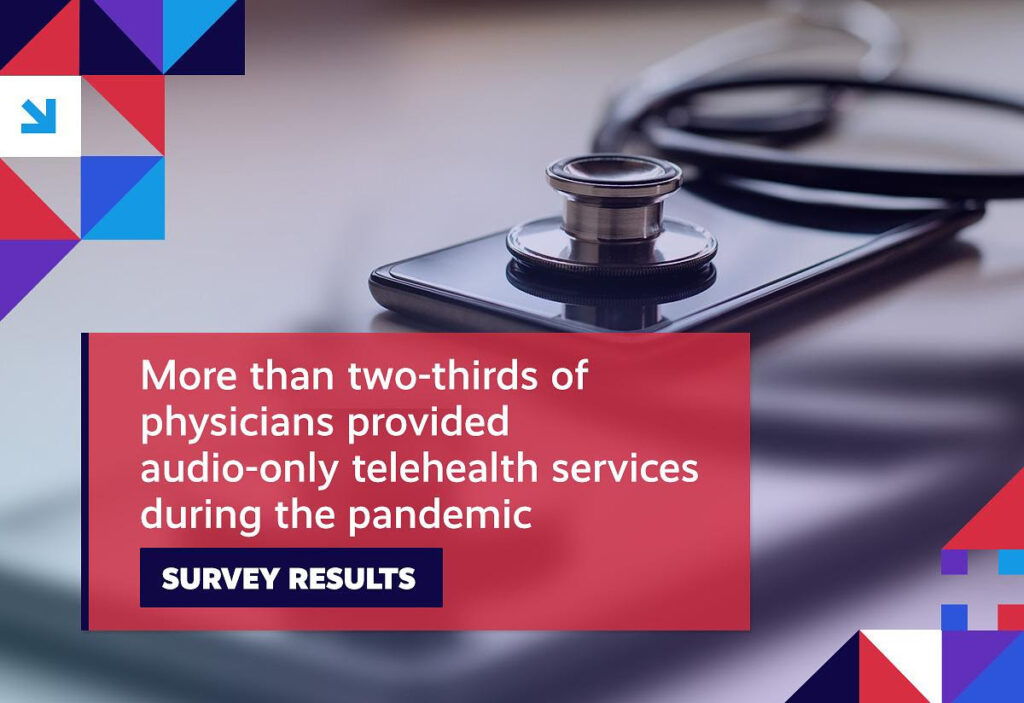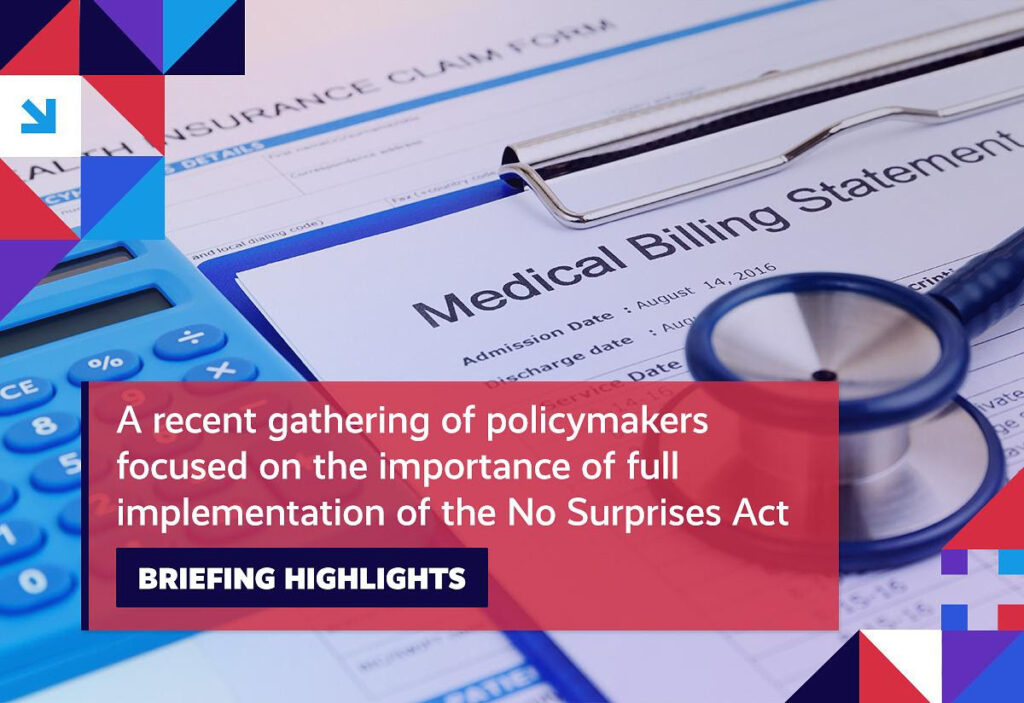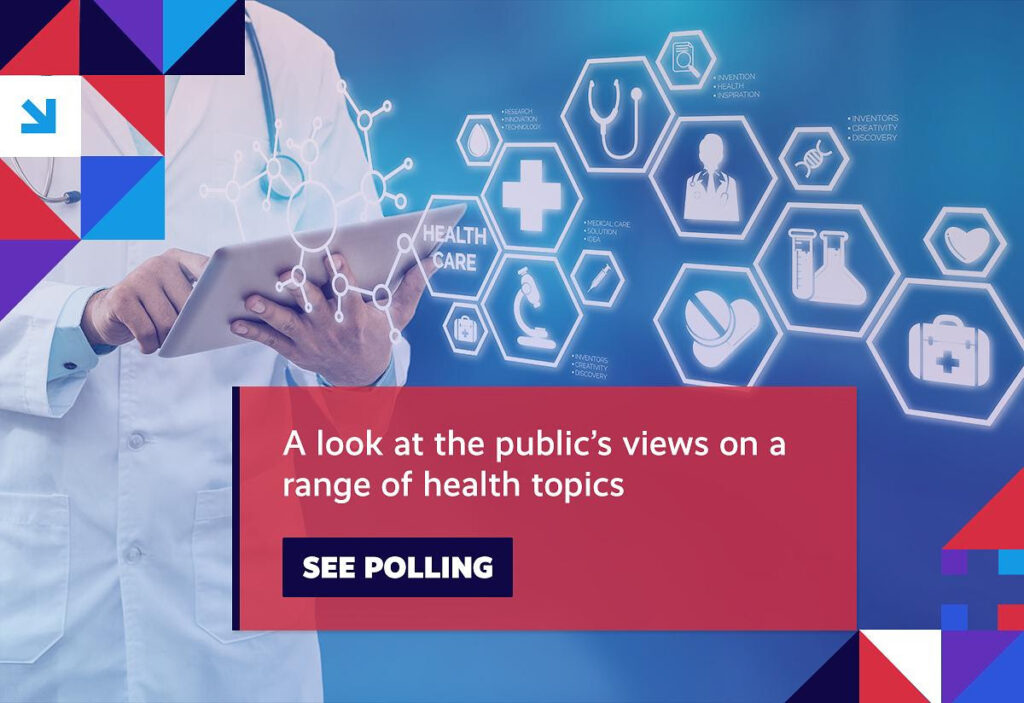Premiums in Medicare Part D plans that cap insulin costs are higher than those that don’t; audio-only telehealth continues to play a critical role in connecting patients to care; unexpected medical bills rank amongst consumers’ biggest financial worries; and, new projections provide insights into where our healthcare spending might be headed.
We encourage you to stay involved as implementation efforts surrounding healthcare reform progress. Visit the Health Action Network and be sure to let us know what’s on your mind.
Item of the Week

Week in Review
Insulin Costs: Late last month, the U.S. House of Representatives passed a bill that would cap the out-of-pocket costs for insulin at $35 a month for beneficiaries in Medicare Part D prescription drug plans and other consumers enrolled in certain group and individual plans. While supporters were quick to applaud lawmakers’ efforts to tackle the rising cost of insulin and its impact on millions of Americans living with diabetes, experts were equally quick to point out that caps alone wouldn’t address the root cause behind the life-saving drug’s unsustainable price trajectory, namely, drugmakers’ sole responsibility in setting and controlling what insulin costs. In fact, data has already established that caps were insufficient in helping protect consumers from out-of-control insulin prices. A recent analysis of monthly premiums for Medicare Part D enrollees found that monthly premiums were actually higher for beneficiaries enrolled in plans that included insulin caps. For their part, lawmakers in the U.S. Senate are continuing to map out their own bill, which would then need to be reconciled with the House version.
Audio-Only Telehealth: Even before the pandemic forced sweeping changes to how we interacted with the healthcare system, telehealth had already begun to assert itself as an evolutionary component of where our overall care delivery model was headed. With consumers largely limited in their ability to physically visit with their doctors, the application of digital tools enabled many to still be able to seek out and receive the care they needed during the ongoing public health crisis. One area in particular that’s really facilitated this expansion of care delivery has been the use of audio-only telehealth. Whether it’s limited patient access to technology or broadband, or a general lack of fluency with all things digital, persistent challenges continue to present hurdles to greater utilization of telehealth. Audio-only telehealth has helped to bridge this digital divide. In fact, a recent survey of physicians found that 69 percent of doctors have been using phone-based telehealth to deliver virtual care. Not only that, a separate report also highlighted the vital role that audio-only telehealth has played during the pandemic in connecting patients at federally-qualified health centers (FQHCs) with care. According to the analysis, audio-only telehealth visits were more popular than in-person visits at FQHCs for both primary and behavioral health services during the height of the COVID public health emergency (August 2020 to August 2021).

Surprise Medical Bills: A new poll reinforces the critical importance of the consumer protections that went into effect at the beginning of the year as a result of the “No Surprises Act.” According to the survey results, unexpected medical bills are now the public’s second-highest financial worry, with 58 percent of respondents citing their concern over being able to afford surprise bills. What’s even more alarming is that the majority of people with private insurance (56 percent) said they knew nothing about the law or its protections – a number made all the more salient given that 87 percent of consumers reported being surprised by a medical bill last year. As has been covered, multiple lawsuits have been brought against the “No Surprises Act” challenging the law’s provision concerning how disputed charges are to be adjudicated. Supporters continue to defend the law, urging the Administration to move forward with full implementation of its consumer protections, despite opponents’ efforts to neutralize those protections.

Healthcare Spending: New projections from actuaries at the Centers for Medicare & Medicaid Services (CMS) were released at the end of March providing something of an outlook for where our healthcare spending is headed. Published in Health Affairs, CMS’ actuaries project that spending on healthcare in the U.S. is likely to grow at the rate of inflation over the rest of the decade. However, they go on to caution that this outlook is largely contingent on what happens with the ongoing COVID pandemic, which has “evolved and surprised at every turn.” National health spending surged in 2020 as a result of the public health crisis, before returning to a “new normal” last year.
Spotlight

| You can keep up with the latest by following the Health Action Network on Twitter and by liking us on Facebook. And, be sure to check us out on LinkedIn, too. As always, let us know if there’s something you’d like to see covered in a future newsletter. |
